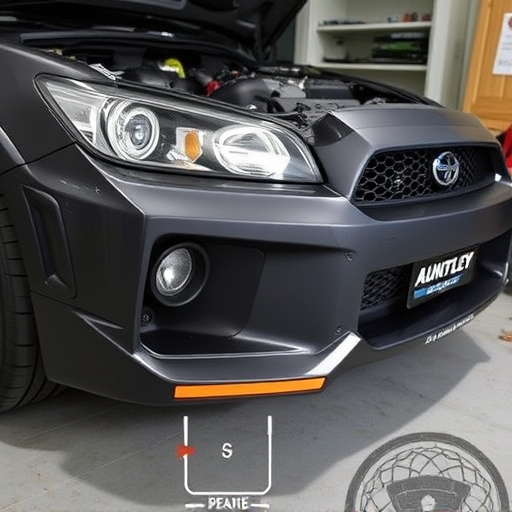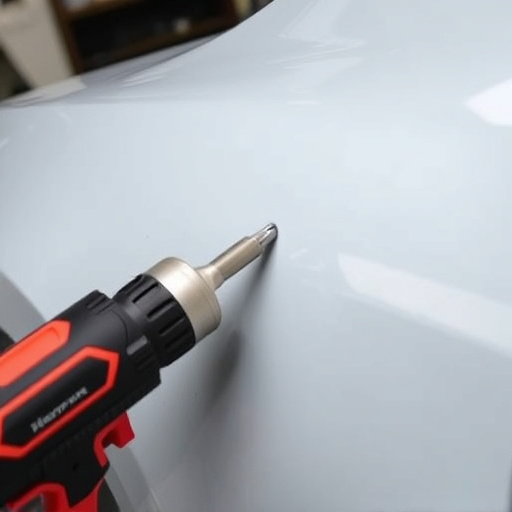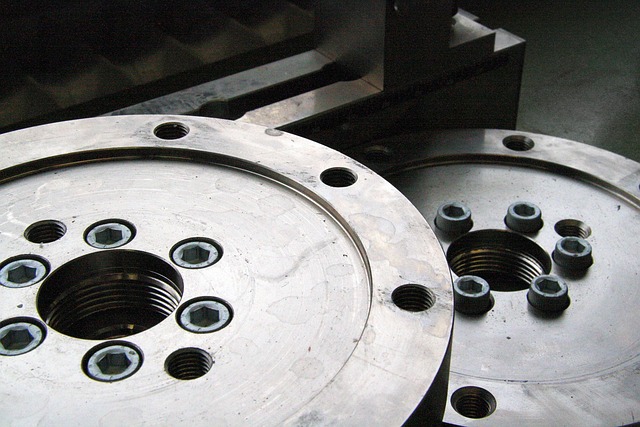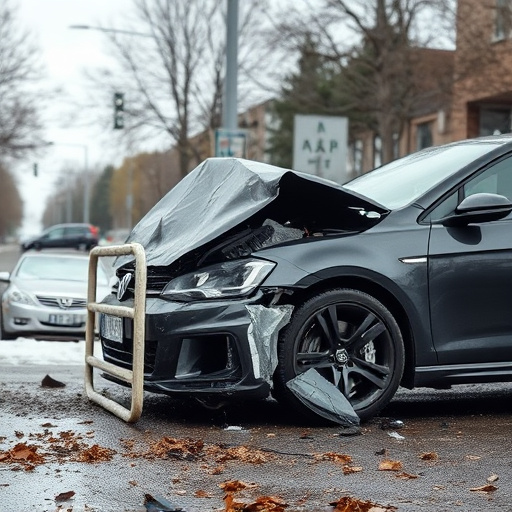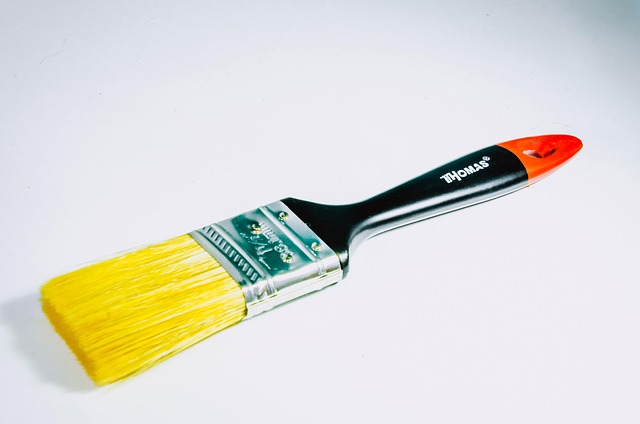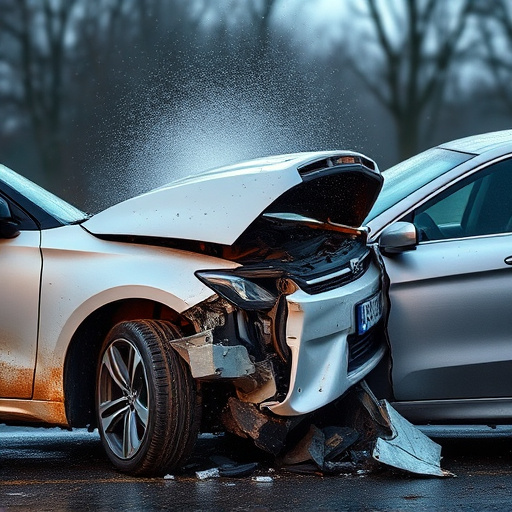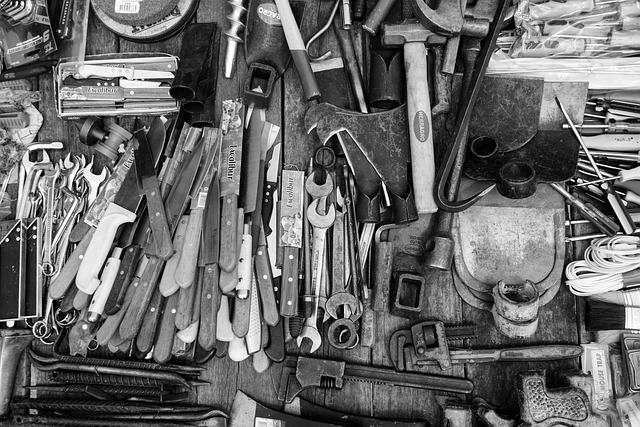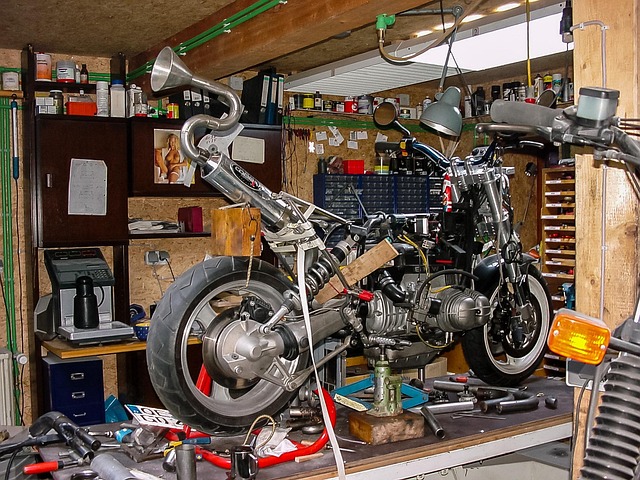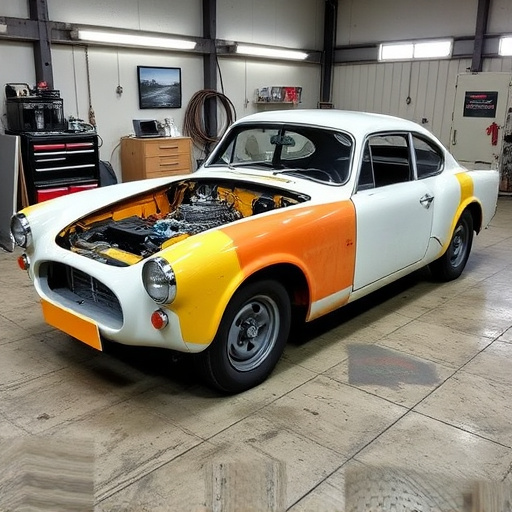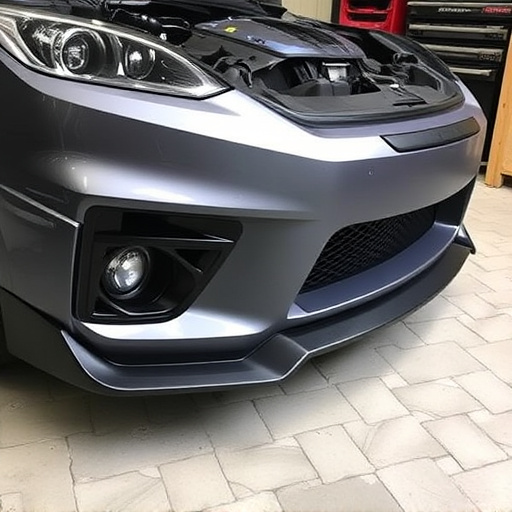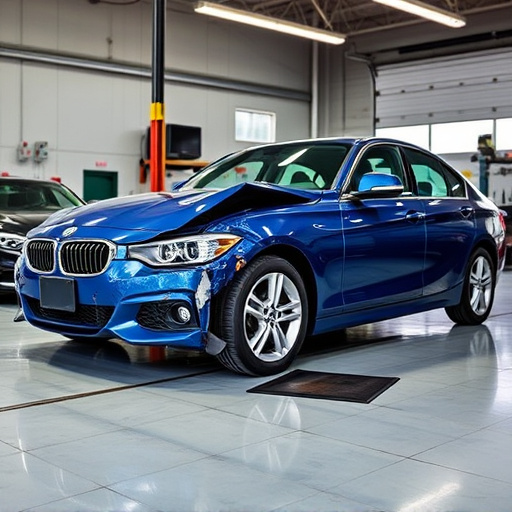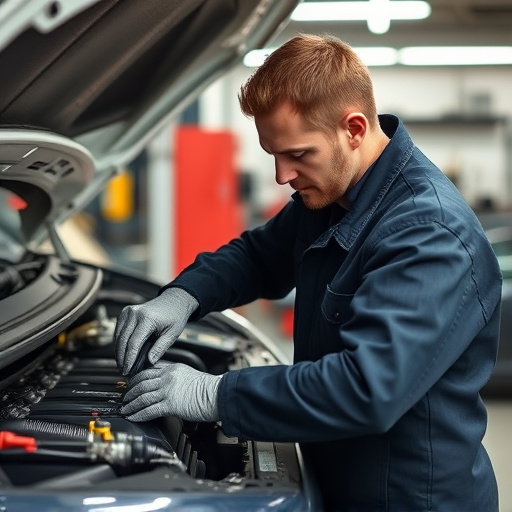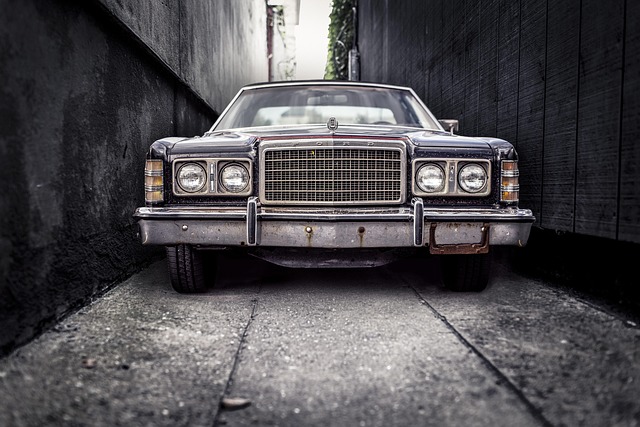The frame machine repair industry is undergoing a tech-driven revolution, characterized by precision computerized measurement systems, automated dent repair technologies, and digital imaging advancements. These innovations aim to improve efficiency, safety, and sustainability, offering faster turnaround times, consistent outcomes, and advanced techniques like paintless dent removal. While implementing cutting-edge technology brings significant benefits, it also presents challenges such as high initial investment and staff training requirements.
The world of frame machine repair is undergoing a significant transformation as new technologies emerge, reshaping the way professionals service and restore vehicles. The evolving landscape presents an exciting opportunity to enhance efficiency, accuracy, and customer satisfaction in this critical industry. This article explores the latest innovations, from advanced diagnostic tools to robotic systems, that are revolutionizing the frame repair process, delving into both the benefits and challenges of implementing cutting-edge technology.
- The Evolving Landscape of Frame Machine Repair
- New Technologies Revolutionizing the Process
- Benefits and Challenges of Implementing Cutting-Edge Tech in Frame Repair
The Evolving Landscape of Frame Machine Repair
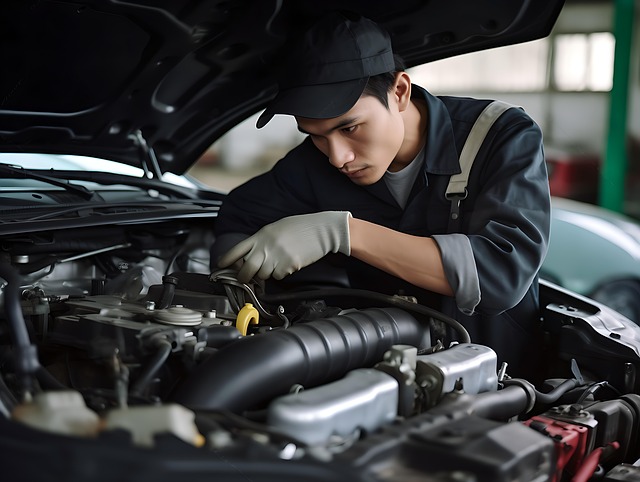
The landscape of frame machine repair is constantly evolving, driven by technological advancements that are transforming the way auto shops and technicians approach structural damage repair in both cars and other vehicles. Traditional methods of frame straightening and alignment have been complemented—and in many cases superseded—by innovative new technologies.
These developments not only enhance precision but also streamline the entire repair process, from initial assessment to final reconditioning. Computerized measurement systems, for instance, offer unparalleled accuracy when diagnosing frame damage, enabling technicians to tailor their repairs more effectively. Furthermore, automated dent repair and auto painting systems are revolutionizing the way cosmetic issues are addressed, promising faster turnaround times and improved consistency in results compared to manual techniques. This shift towards digitalization and automation reflects a broader trend across the auto industry, with focus on efficiency, safety, and sustainability in frame machine repair and related services such as auto bodywork and auto dent repair.
New Technologies Revolutionizing the Process

The world of frame machine repair is undergoing a remarkable transformation thanks to the integration of new technologies. Advanced tools and techniques are revolutionizing the way damage is assessed, corrected, and prevented. Automated systems now handle tasks that were once manual, significantly speeding up the repair process while minimizing errors. For instance, robotic arms can precisely apply force during straightening, ensuring structural integrity without human fatigue or variability.
Additionally, digital imaging and computer-aided design (CAD) software enable technicians to capture detailed 3D models of vehicle frames, facilitating accurate measurements and virtual simulations of repairs. This technology extends beyond basic frame repair to encompass dent removal and car body restoration, allowing for seamless integration with contemporary vehicle paint repair processes. The use of advanced materials and smart coatings further enhances the durability and aesthetics of restored vehicles, reflecting a commitment to both functionality and style in the evolving landscape of frame machine repair.
Benefits and Challenges of Implementing Cutting-Edge Tech in Frame Repair
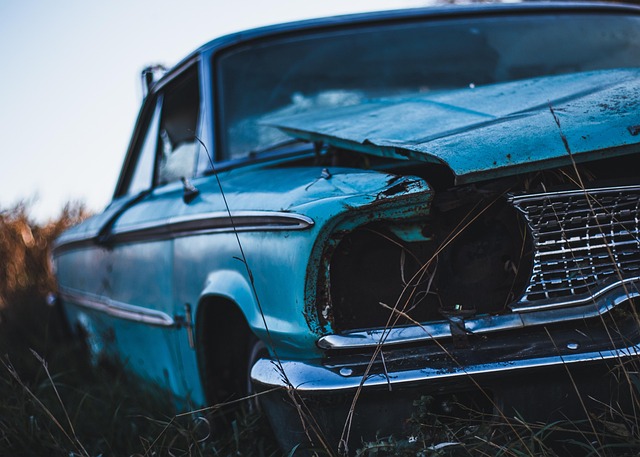
Implementing cutting-edge technology in frame machine repair offers a myriad of benefits for both workshops and customers. The introduction of advanced equipment and software solutions streamlines the process, allowing for faster turnaround times and improved precision. For instance, automated frame straightening machines can reduce manual labor, minimize errors, and ensure consistent results. Additionally, digital measurement tools enable technicians to capture accurate data, facilitating better repairs and a more personalized experience.
However, embracing new tech also presents challenges. The initial investment in state-of-the-art equipment and training staff can be significant, especially for smaller vehicle body shops. There’s a learning curve associated with new systems, requiring employees to adapt and acquire fresh skills. Moreover, keeping up with rapid technological advancements ensures the workshop remains competitive, necessitating continuous updates and upgrades to stay ahead in the market, particularly when competing with larger franchises offering advanced services like paintless dent repair.
The landscape of frame machine repair is undergoing a significant transformation with new technologies, offering both enhanced efficiency and unique challenges. By embracing cutting-edge innovations, repair shops can streamline processes, reduce turnaround times, and deliver superior customer experiences. However, successful implementation requires careful consideration of training needs, initial investment, and maintaining high-quality standards. As the industry evolves, staying informed about these advancements is key to staying competitive in the frame machine repair sector.
